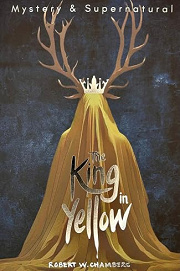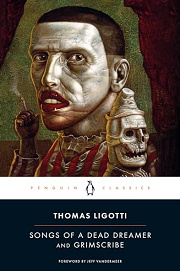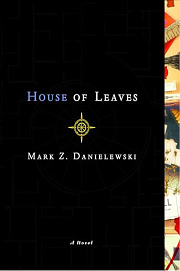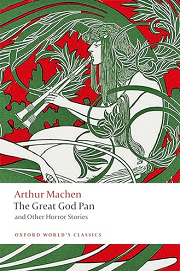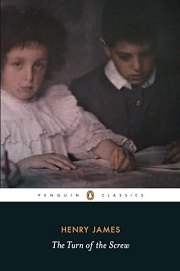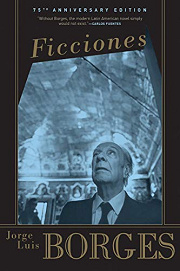Share your thoughts in a quick Shelf Talk!
The King in Yellow by Robert W. Chambers
An infamous play whispers of forbidden pages that drive readers mad, and the lives it touches begin to fray. Elegantly eerie and unsettling, The King in Yellow lures you into a gallery of strange tales where art, fate, and madness blur like ink in rain.
Have you read this book? Share what you liked (or didn’t), and we’ll use your answers to recommend your next favorite read!
Love The King in Yellow but not sure what to read next?
These picks are popular with readers who enjoyed this book. Complete a quick Shelf Talk to get recommendations made just for you! Warning: possible spoilers for The King in Yellow below.
In The King in Yellow, did you enjoy ...
... reality-fraying, decadent weirdness and art-induced dread?
Songs of a Dead Dreamer by Thomas Ligotti
If the feverish unreality of Hildred Castaigne’s conspiracy in “The Repairer of Reputations,” the shiver of the Pallid Mask in “In the Court of the Dragon,” and the way a mere symbol or painting in “The Yellow Sign” seems to corrupt the air around it hooked you, you’ll sink right into the nightmares of Songs of a Dead Dreamer. Ligotti’s tales turn stages, shops, and offices into haunted theaters of consciousness, where art and performance exert the same malign influence as that forbidden play—all mood, rot, and exquisite dread.
... a cursed text that unravels its readers’ sanity?
House of Leaves by Mark Z. Danielewski
You were drawn to how the play in The King in Yellow—that slim script whispered about in “The Yellow Sign” and alluded to by those who dare read Act II—warps minds. House of Leaves weaponizes a manuscript in the same way. As the Navidson family explores an impossible hallway that shouldn’t exist, the book’s footnotes, marginalia, and competing narrators gnaw at reality, just as the King’s script does to Hildred, Tessie, and the organist in “In the Court of the Dragon.” It’s the same slow spiral: read too deeply, and the world tilts.
... terror born from hints and omissions rather than overt lore?
The Great God Pan by Arthur Machen
If you loved how Chambers leaves Carcosa, the Lake of Hali, and the true nature of the Yellow Sign largely unspoken—merely suggested in stories like “The Mask” and “The Yellow Sign”—Machen’s novella is your poison. The Great God Pan withholds explanations as a woman’s encounter with the unknown ripples outward into ruin, much like how a brief glance at the forbidden play leaves characters like Tessie and the painter irreparably changed. The horror lives in the gaps, where imagination does the wounding.
... being trapped inside a possibly deranged narrator’s mind?
The Turn of the Screw by Henry James
Hildred Castaigne’s voice in “The Repairer of Reputations”—with Mr. Wilde’s “Ministry of Public Confidence” and the grandiose plots no one else sees—makes the ground shake under your feet. James crafts that same vertigo. In The Turn of the Screw, a governess recounts ghostly visitations at Bly, but every page makes you question whether she’s seeing specters or spinning a private delirium, much like wondering whether Hildred’s Carcosa is revelation or breakdown.
... stories that hide other stories—imaginary books, recursive frames, and labyrinths?
Ficciones by Jorge Luis Borges
If the embedded play of The King in Yellow thrilled you—the way a story within the story (“The Yellow Sign,” “In the Court of the Dragon”) infects everything it touches—Borges turns that device into an art. In “Tlön, Uqbar, Orbis Tertius,” encyclopedias invent a world that starts to overwrite ours; in “The Garden of Forking Paths,” a novel contains infinite, branching narratives. It’s the same intoxicating sense that a text, like the King’s script, can spill out of its pages and remake reality.
Unlock your personalized book recommendations! Just take a quick Shelf Talk for The King in Yellow by Robert W. Chambers. It’s only a few questions and takes less than a minute.
